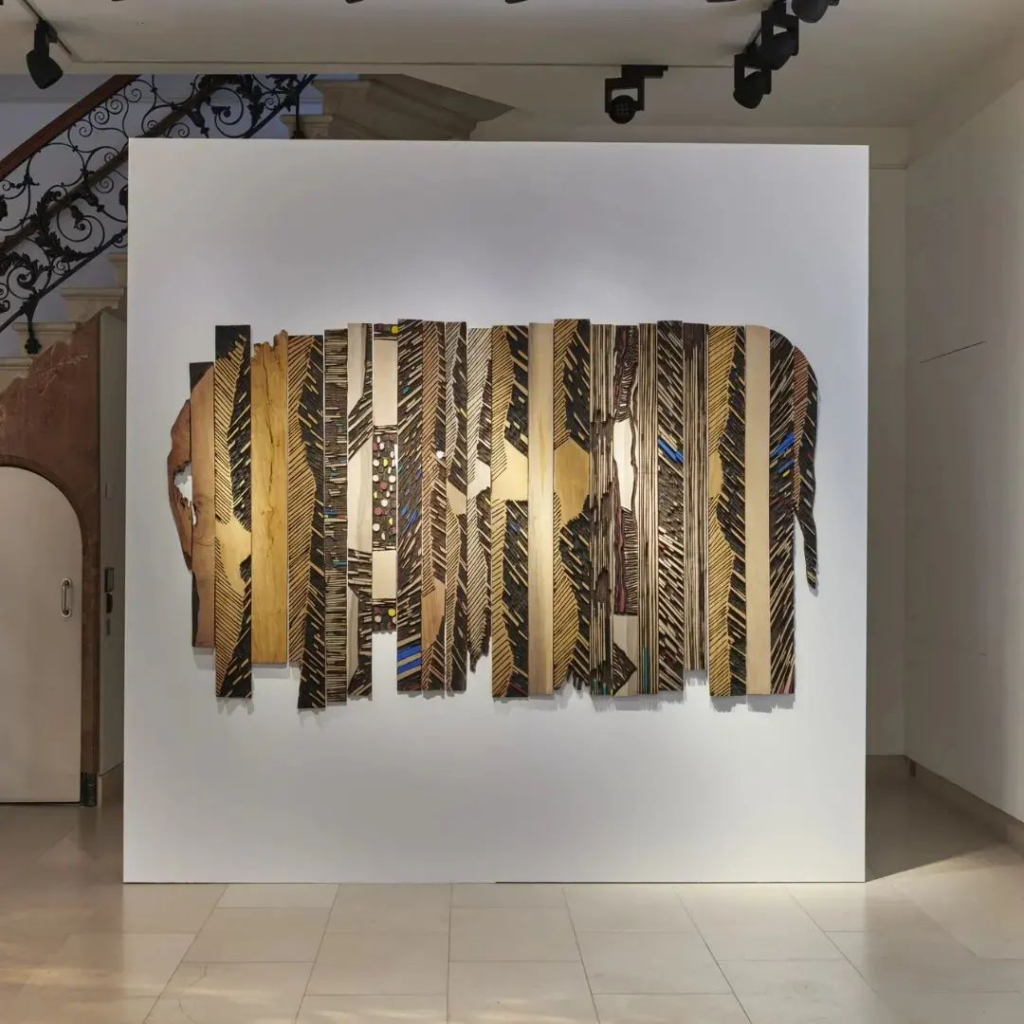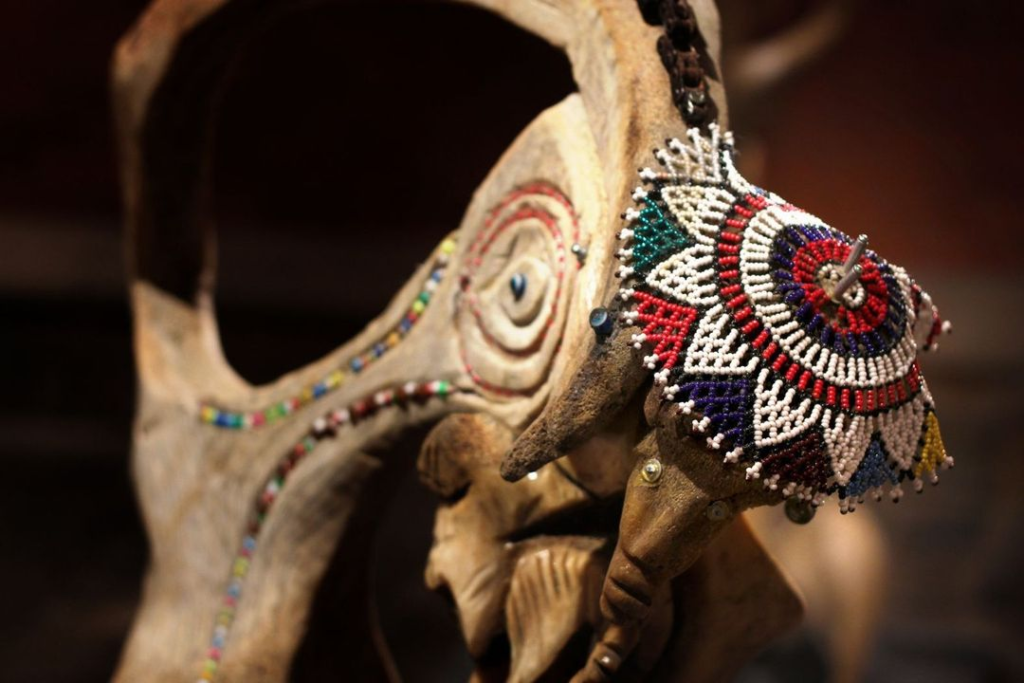Collectors are one of the key stakeholders in the Art industry today. They create value for Art and African art is one hot commodity. From sculptures, African masks, and classical African paintings, collectors today play a significant role in alleviating the value of art. In this article, I will provide some insights into what collectors are looking for today.
African mediums and styles
Collectors of African art look for a range of mediums and styles that showcase the diverse cultural and artistic traditions of the continent. According to the Museum of Modern African Art (MoMAA), contemporary African art is increasingly in demand. Collectors are drawn to innovative and experimental approaches to traditional forms.
The Art Basel and UBS Art Market Report 2023” states that African art collectors’ investors invest in works that are unique and tell a story. They are looking for works that have a strong connection to African culture, history, and traditions. African contemporary art has been a growing area of interest for collectors in recent years. Collectors prefer artworks related to themes related to identity, social issues, and political commentary in 2023.

However, traditional mediums such as painting, sculpture, and textiles remain popular among collectors. They highly seek African masks and figurative sculptures due to their cultural and historical significance. Some notable artwork of the artists such as the Benin artist Olowe of Ise, El Anatsui, Njideka Akunyili Crosby, and William Kentridge are some of the African artists gaining recognition in the global art market. They have established themselves as major figures in contemporary art, making their works highly sought after by collectors.
Art as an investment
When it comes to investing in African art, collectors tend to approach it with a long-term view. They consider the quality and rarity of the work, the artist’s reputation, and the historical and cultural significance of the piece. Collectors also consider the artist’s track record. They often look at the artist’s sales and exhibitions and the potential for the work to appreciate over time. African art has gained increasing recognition in the global art market over the past decade. With prices for contemporary and traditional works rising significantly, it is clear that there is a shift in demand as far as African art is concerned. According to Artnet’s 2020 Intelligence Report, sales of contemporary African art have increased by 527% since 2013. Auction houses and galleries increasingly dedicating exhibitions and sales to African artists.

One artist to watch out for is South African sculptor Pitika Ntuli. His recent exhibition, “Azibuyele Emasisweni,” celebrates African heritage and traditions through a range of mediums. His work includes sculpture, mixed media, and installation art. Ntuli’s works address themes of identity, spirituality, and the environment, thus making him a relevant and important voice in the contemporary African art world.
When collecting African art, buyers need to consider the authenticity and provenance of the artwork. Collectors should seek out established galleries and dealers who specialize in African art. These galleries have a reputation for ethical and transparent practices.
Highlighted above are two major areas that collectors are looking for when collecting African pieces. There are of course more specifications. Collecting also depends on the collector’s tastes. however, they are drawn to a range of mediums and styles. Additionally, there is a growing interest in contemporary and experimental approaches to traditional forms. As the global art market continues to recognize the value and significance of African art, investment in this area is likely to remain strong. Artists like Pitika Ntuli and others have become investor favourite as they showcase the rich cultural heritage of the continent. They also push the boundaries of artistic expression and will continue to be in high demand.


